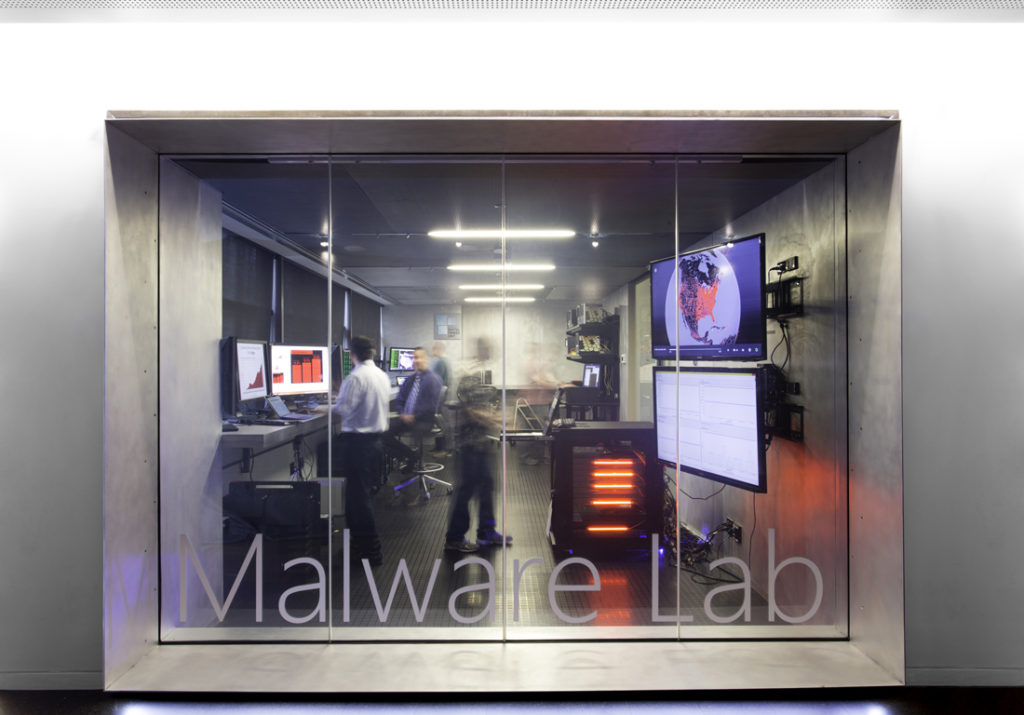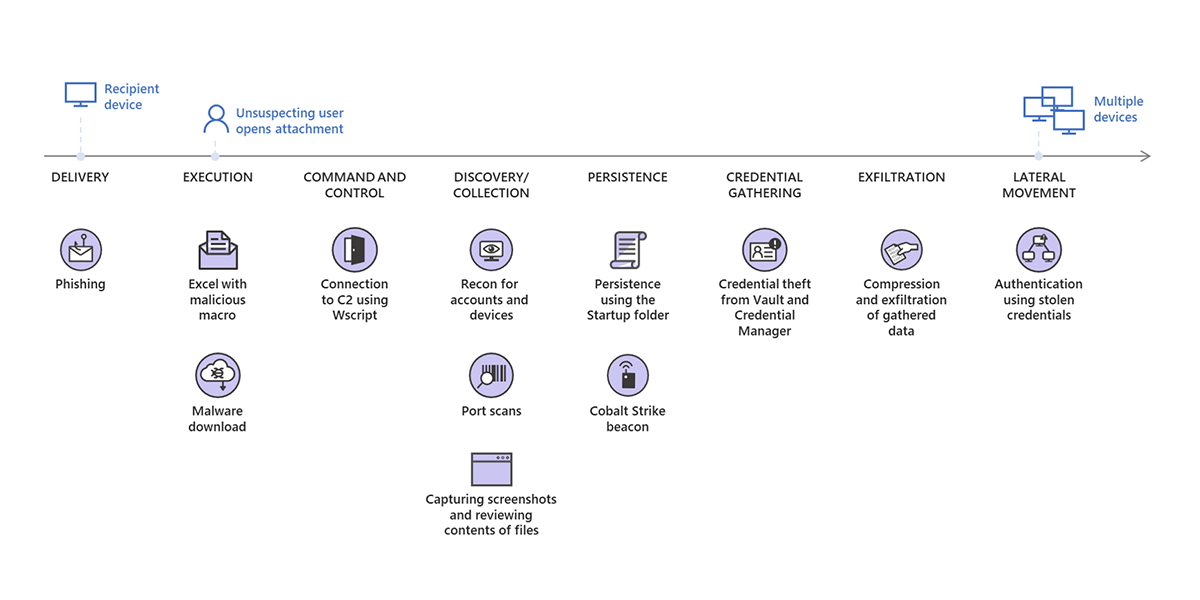Gandalf_The_Grey
Level 76
Thread author
Verified
Honorary Member
Top Poster
Content Creator
Well-known
- Apr 24, 2016
- 6,567
As announced today, Microsoft took action against the Trickbot botnet, disrupting one of the world’s most persistent malware operations. Microsoft worked with telecommunications providers around the world to take down key Trickbot infrastructure. As a result, operators will no longer be able to use this infrastructure to distribute the Trickbot malware or activate deployed payloads like ransomware.
Microsoft actively tracks the threat landscape, monitoring threat actors, their campaigns, specific tactics, and evolution of malware. We share this intelligence with the community and use our research to continuously improve our products. Below, we will detail the evolution of the Trickbot malware, associated tactics, recent campaigns, and dive into the anatomy of a particular attack we observed.
Trickbot was first spotted in 2016 as a banking trojan that was created as a successor to Dyre and designed to steal banking credentials. Over the years, Trickbot’s operators were able to build a massive botnet, and the malware evolved into a modular malware available for malware-as-a-service. The Trickbot infrastructure was made available to cybercriminals who used the botnet as an entry point for human-operated campaigns, including attacks that steal credentials, exfiltrate data, and deploy additional payloads, most notably Ryuk ransomware, in target networks.
Trickbot was typically delivered via email campaigns that used current events or financial lures to entice users to open malicious file attachments or click links to websites hosting the malicious files. Trickbot campaigns usually used Excel or Word documents with malicious macro codes, but other types of attachments have been used. The campaigns were observed in a wide range of verticals and geolocation, with operators frequently reusing previously compromised email accounts from earlier campaigns to distribute emails without narrowing targets.
In addition to phishing emails, Trickbot was also deployed through lateral movement via Server Message Block (SMB) or as a second-stage payload of other malware like Emotet. Once Trickbot was launched, operators utilized it to install reconnaissance tools like PowerShell Empire, Metasploit, and Cobalt Strike. They used these tools to steal credentials and network configuration information, move laterally to high-value assets, or deliver additional malicious payloads.
Threat data from Microsoft 365 Defender, which correlates signals from endpoints, email and data, identities, and cloud apps to deliver comprehensive protection against threats, shows that Trickbot showed up in both large and small enterprises across the globe, helped no doubt by its modular nature and widespread misconception of it being a “commodity” banking trojan.

New action to combat ransomware ahead of U.S. elections - Microsoft On the Issues
Today we took action to disrupt a botnet called Trickbot, one of the world’s most prolific distributors of ransomware. In addition to protecting election infrastructure from ransomware attacks, this will protect a wide range of organizations including financial services institutions, government...

Trickbot disrupted | Microsoft Security Blog
Microsoft took action against the Trickbot botnet, disrupting one of the world’s most persistent malware operations. Microsoft worked with telecommunications providers around the world to disrupt key Trickbot infrastructure.